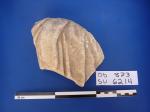
Description
- 873
- Mantled left shoulder from bust of male wearing paludamentum
- 2nd to early 3rd c. AD
- White marble.
- Max. dimensions 10.5 x 16.8 cm th.: above, min. ca 4 cm, max. with relief ca 5,8 cm Th., rt.: ca 5.7 cm below, tapering upwards to ca 3.8 cm.
- A trapezoidal fragment preserving, above and at upper left, the finished curve of mantling over of the bust's body plate. Within, the rough surface of its interior is visible, with the slightly raised flange that followed the bust-plate curve. Broken along the right side, and below. Weathered, with a light grey-brown encrustation; a few fresh scratches and a fresh minor chip.
- This fragment of a portrait bust preserves the upper portion of the left shoulder. The fragment depicts a military cloak (paludamentum); the figure probably wore a cuirass and portrayed an emperor as commander. The segment includes at left the mantling over epaulets below, and, at right, the bunched hanging folds of the mantle suspended closer to the neck.
- The mantle formula occurs from the reign of Hadrian to that of Septimius Severus. The similarities in proportions, iconography and workmanship to the larger fragment of a military bust fragment S 1 strongly suggest that they were commissioned as part of one series. If so, that would indicate a date for this fragment between ca AD 161 and 211, and therefore part of an Antonine dynastic cycle.
- See S1.















![Download [view]](/villamagna/ark//skins/villamagna/images/results/download_sml.png)